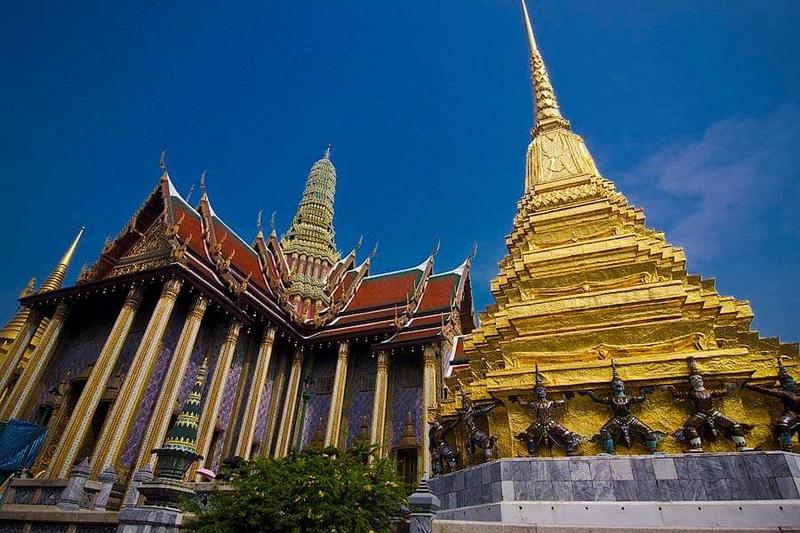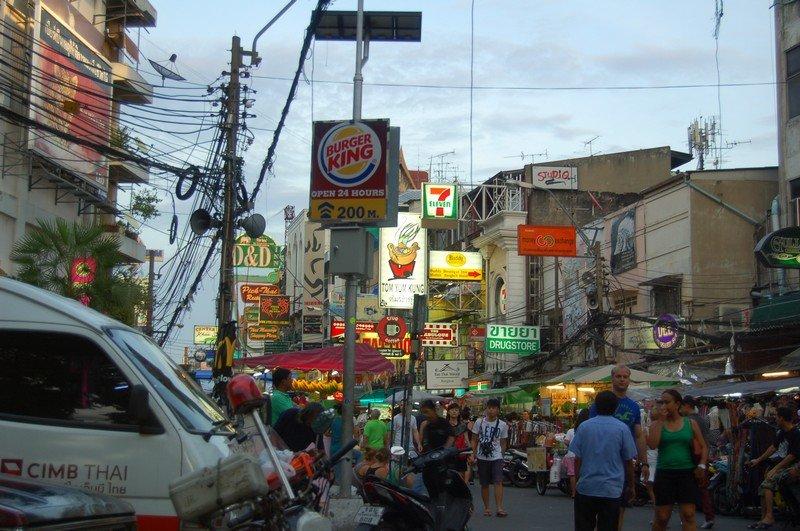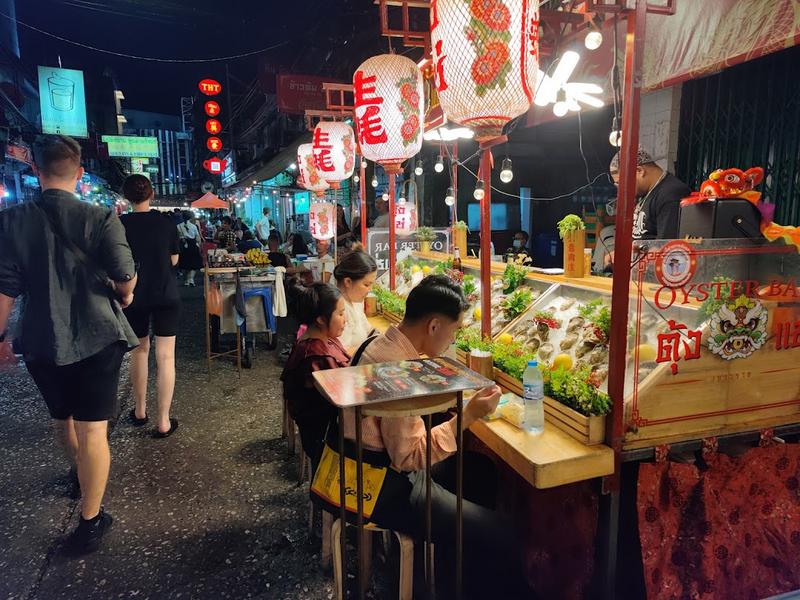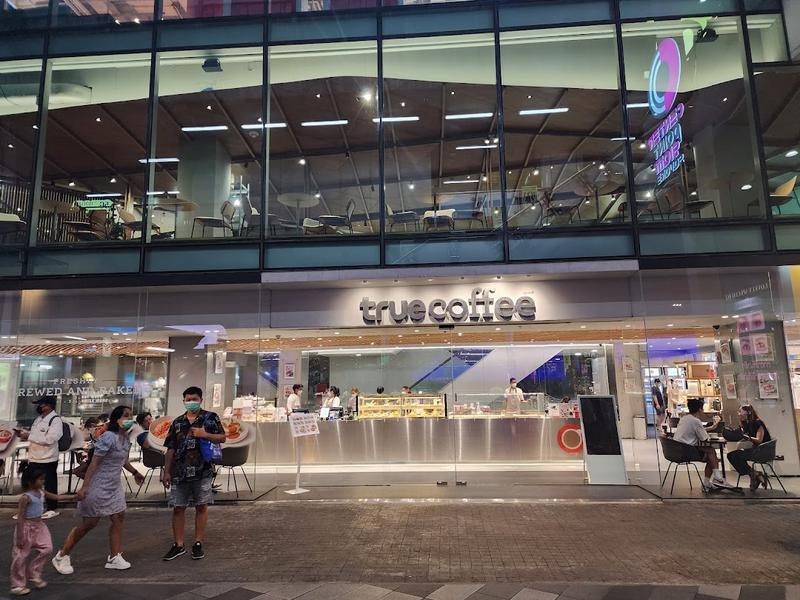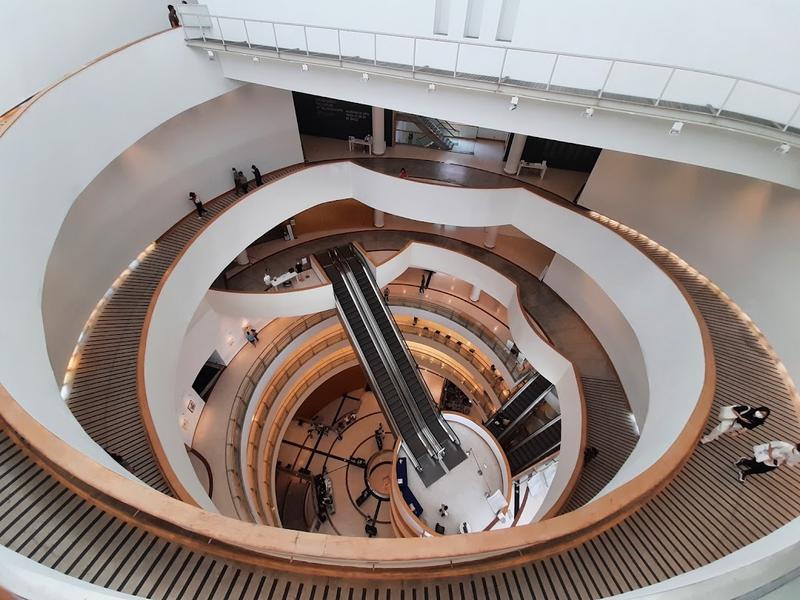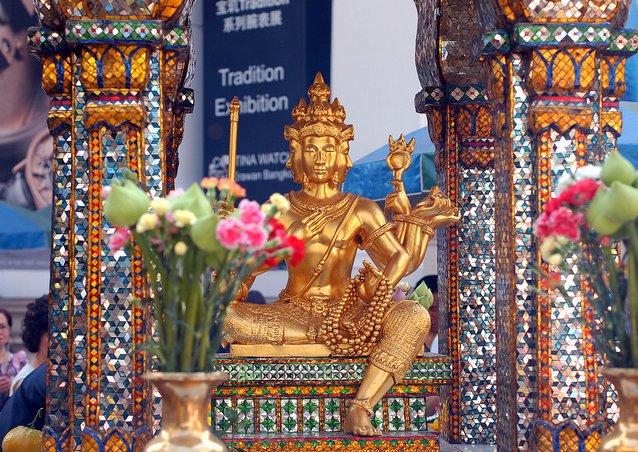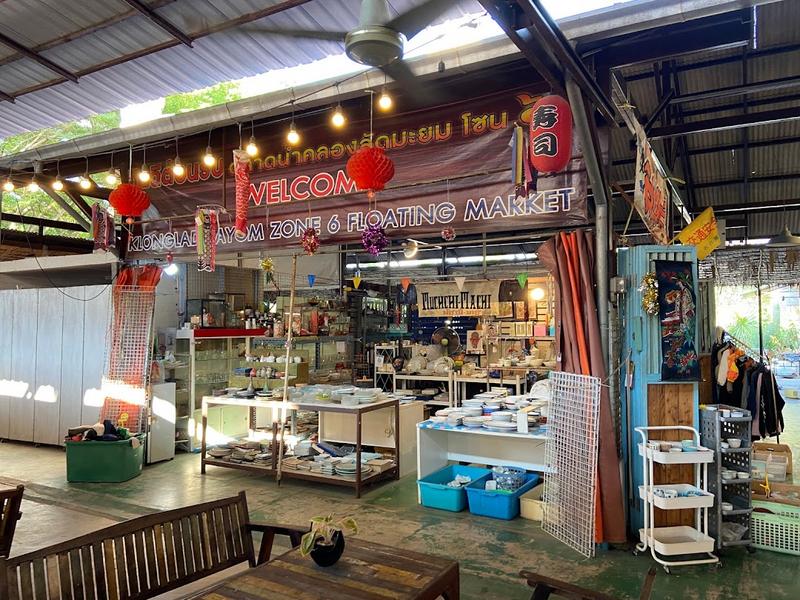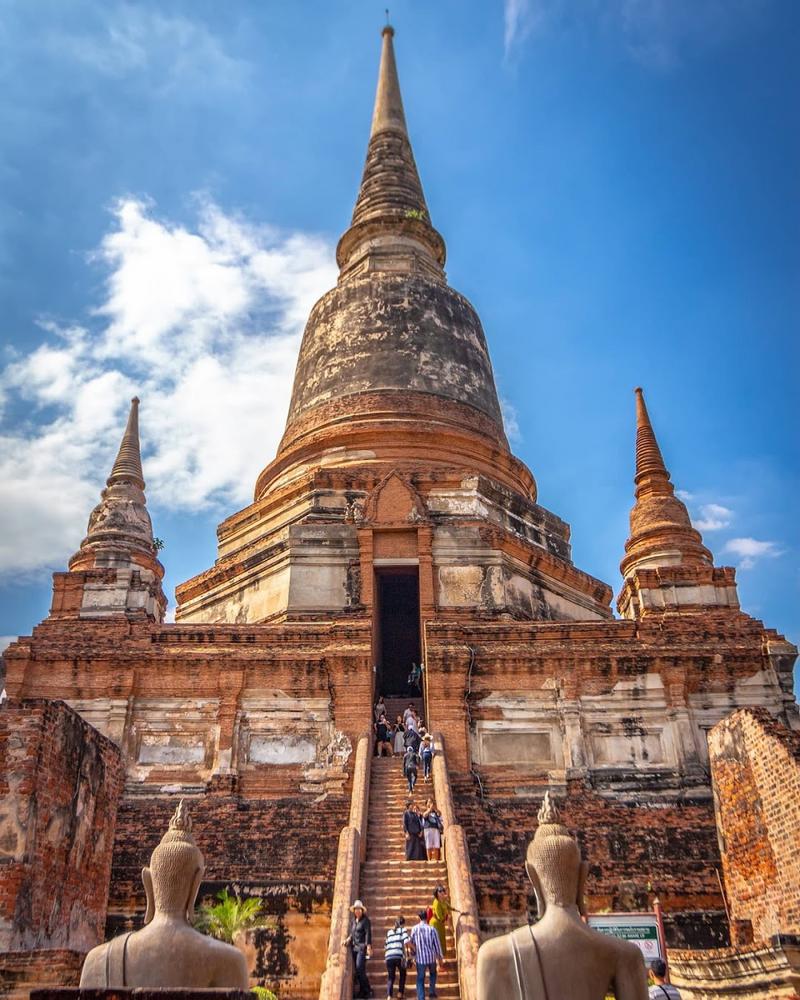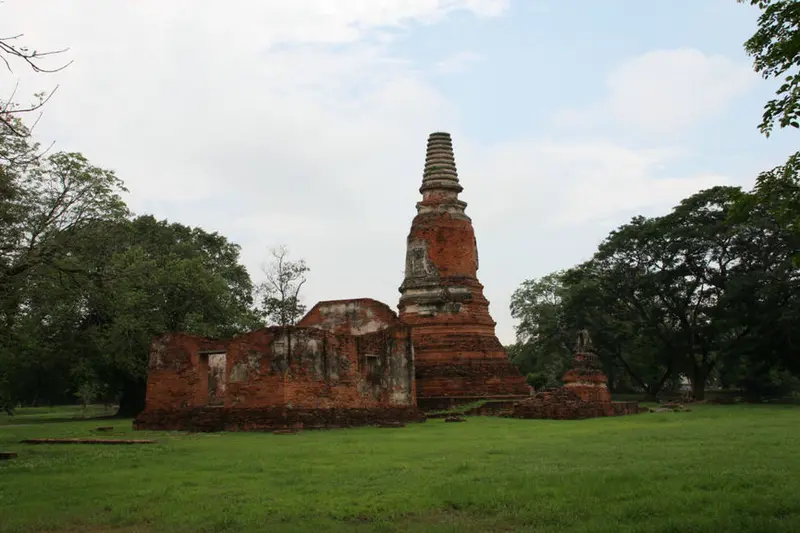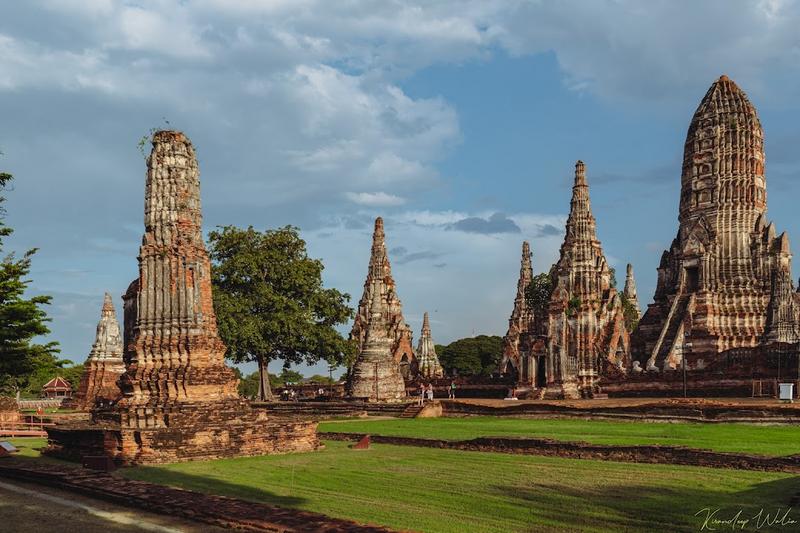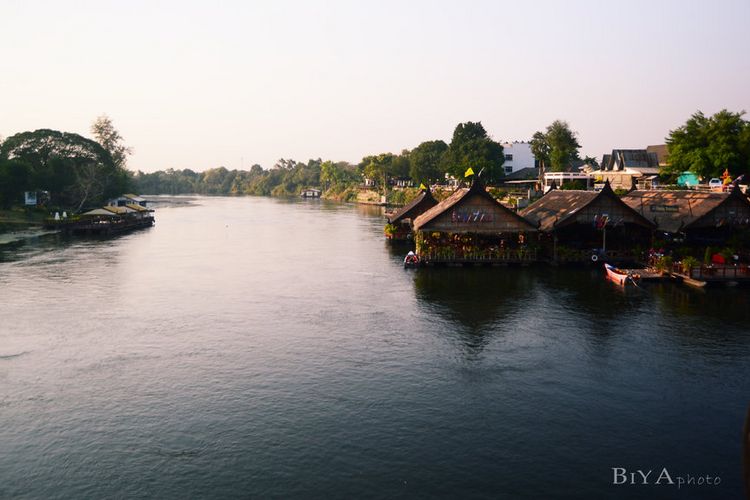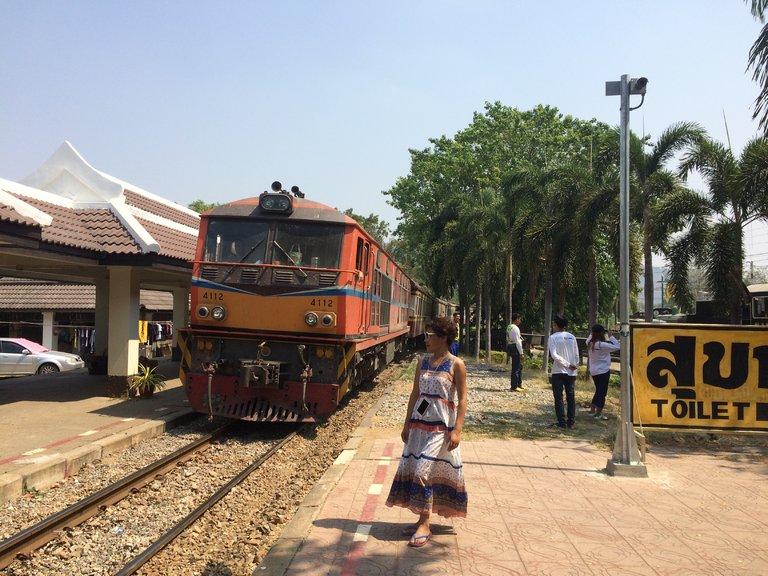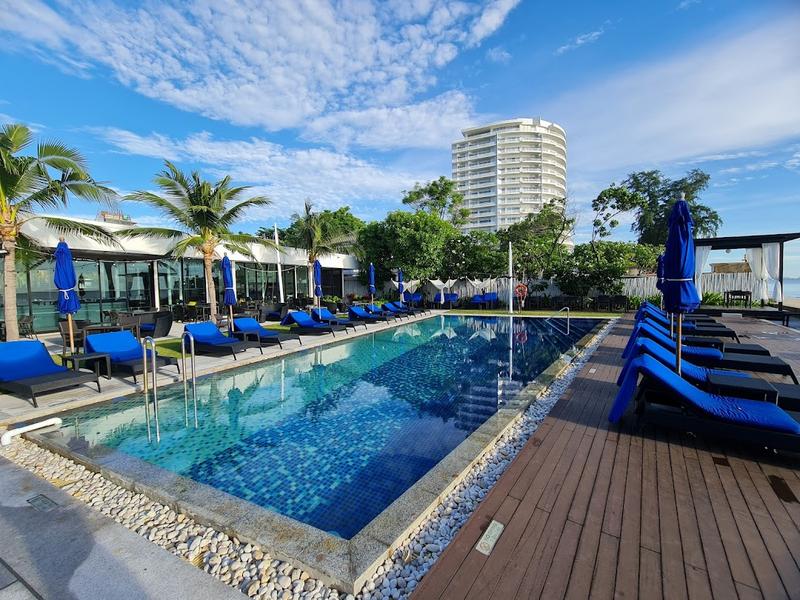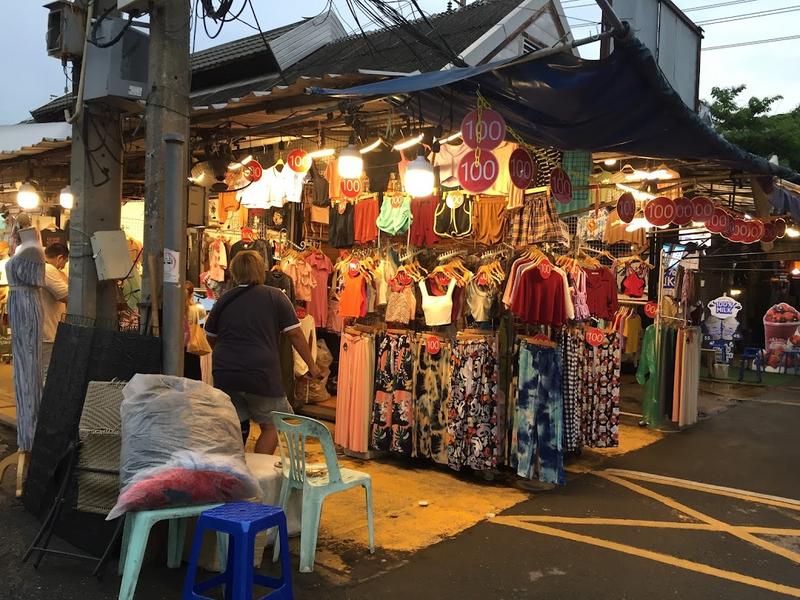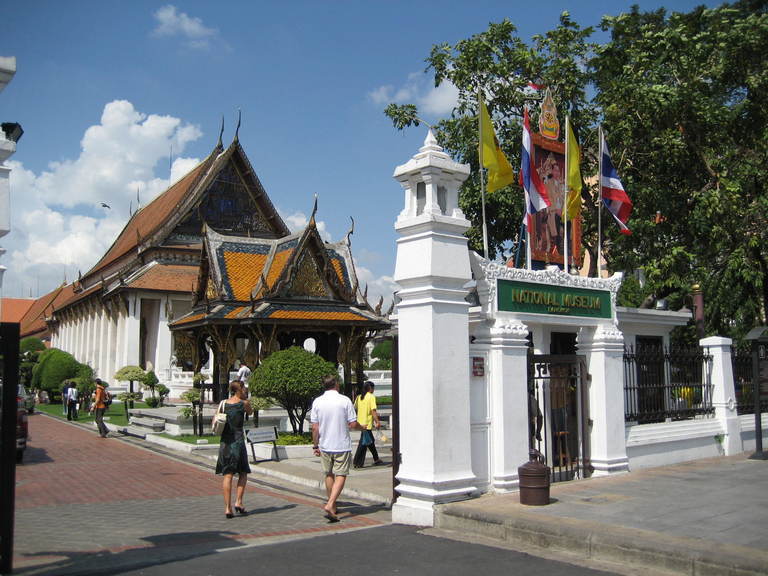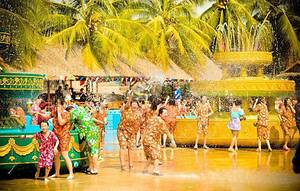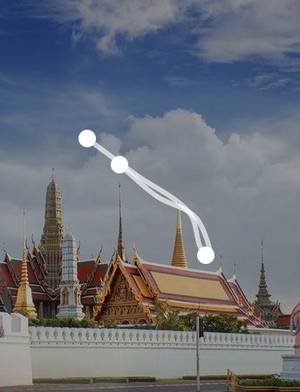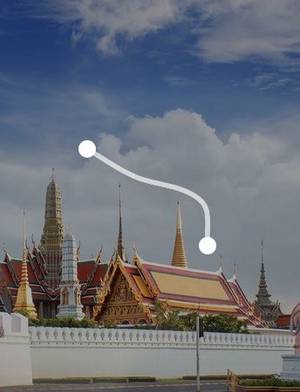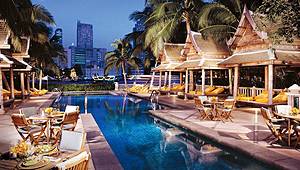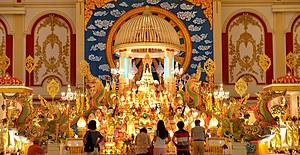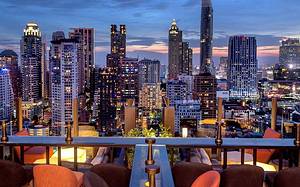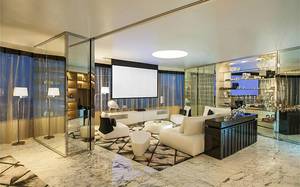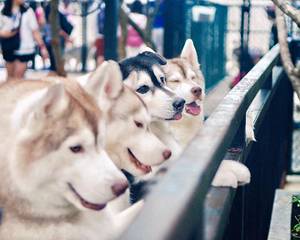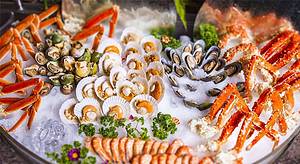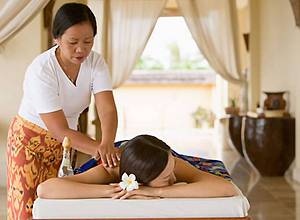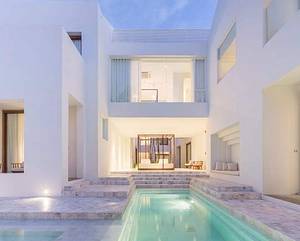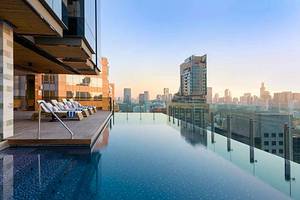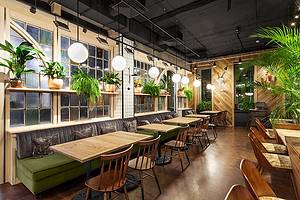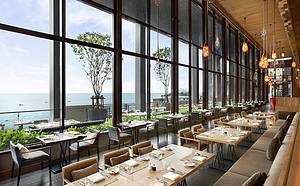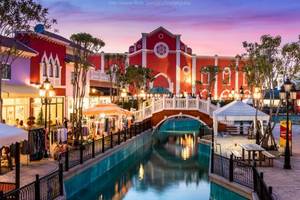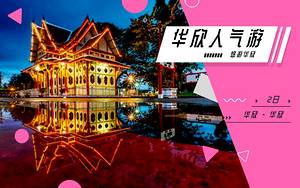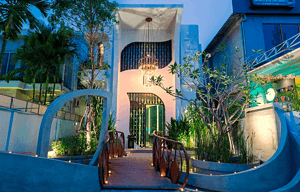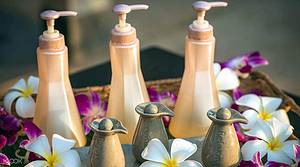5 Days 4 Nights Bangkok Tour
5 cities |
22 attraction(s) |
total distance 689
km
 TIPS
TIPS
Day1
Day2
Day3
Day4
Day5
Day1: Bangkok
4 attraction(s) ·
4 km
1
Built in 1782, this ornate royal palace complex now houses a museum & is open to visitors.
1
km
2
The Emerald Buddha Temple, built in 1782 during the establishment of the Bangkok Dynasty in Thailand, is a historical site. King Rama I considered it a sacred religious site and held important ceremonies for the royal family, but there are no monks residing in the temple. It currently occupies a quarter of the Grand Palace's area, located in the northeast direction within the palace. The Emerald Buddha enshrined in the temple is carved from a whole piece of jade (emerald) and is approximately 66 cm tall and 48 cm wide. It is protected by glass and adorned with multiple layers of umbrella-like covers, with a high pedestal. The royal family personally changes the Buddha's attire three times a year as a sign of respect. In addition, there are four gold Buddha statues surrounding the Emerald Buddha, and the murals in the main hall depict the story of Buddha from birth to nirvana. The main hall has 40 square-shaped columns and 112 golden statues of birds with human bodies embedded in the cloister. The Emerald Buddha Temple features three main characteristics: pointed roof decorations, architectural embellishments, and mural paintings in the cloister. There are a total of 22 temples of various sizes, including the Emerald Buddha Hall, the New Heavenly Pavilion, the Bell Tower, the Scripture Hall, the Hall of Former Kings, the Relic Hall, the Le'Da'Na Great Stupa, the Scripture Library, the Pointed Roof Buddha Hall, and the Ashes Hall. The temple complex also boasts numerous towering pagodas, each with its own unique design and vibrant colors, creating a magnificent sight. In the surrounding area, almost all ATMs accept UnionPay cards for Thai Baht withdrawals. It is recommended that travelers use debit cards at ATMs to reduce transaction fees.
1
km
3
Khao San Road has always been a favorite place for backpackers. It is close to many tourist attractions, such as the Grand Palace, National Museum, and Art Galleries. There are numerous bars and unique shops where you can experience the local culture and buy souvenirs. Additionally, the famous Lumphini Night Market, Wholesale Souvenir Market, and open-air Beer Gardens are also located near Khao San Road. The annual Songkran Festival, known as the Water Festival, takes place here and is an important cultural event in Thailand. For budget travelers, almost all ATMs near Khao San Road accept UnionPay cards, and the withdrawal fees for debit cards are relatively low.
3
km
Day2: Bangkok
4 attraction(s) ·
2 km
2
Expansive mall with high-end & mainstream boutiques, dining, an aquarium, bowling & a multiplex.
1
km
3
Big, modern exhibition & performance venue for contemporary arts with a cafe, bookshop & library.
2
km
4
The famous Four-Faced Buddha in Thailand is a miraculous statue, known as the "Fulfiller of Wishes" Buddha. Every day, worshippers from around the world come to pay homage. The Buddha has four faces, representing love, career, health, and wealth. Visitors can worship each face in a clockwise direction and mention their birthdate and time. Inside the Four-Faced Buddha, one can purchase incense, candles, and garlands for worship at a fair price. Offerings include elephants, flowers, and coconuts. After worship, one can ask for a bottle of holy water from the fellow worshippers and remember to fulfill their vows when their wishes come true. The order of worship is important. Enter through the main gate, worship the first face, and then proceed clockwise to worship the remaining three faces before washing hands and face from the water basin. The first face represents career, the second face represents love, the third face represents wealth, and the fourth face represents peace and wisdom.
Day3: Bangkok
1 attraction(s) ·
0 km
Day4: Ayutthaya > Bangkok > Kanchanaburi > Hua Hin
10 attraction(s) ·
436 km
2
Ayutthaya Historical Park in Thailand is a large park that showcases numerous ancient ruins. The park features vast grasslands, plants, pavilions, small bridges, and ponds, creating a beautiful and elegant scenery. One of the highlights is Bueng Phra Ram, with its Thai-style architecture and a small bridge adorned with Thai national flags, creating a delightful atmosphere. Behind Wat Ratchaburana, to the right, there is a grassland and a pond, which is located west of Wat Maha That and offers a charming view. Particularly noteworthy is a large banyan tree with roots that form a right angle, resembling spider legs, which is quite unique. Wat Langkhakhao, situated by the pond, is accompanied by a large bird. It is an ancient pagoda with a wooden bridge and a lush green pond, adorned with small red flowers, making it a colorful and captivating sight. The Ancient Klong Alignment in the park features Japanese-style pavilions, small bridges, and trees adorned with red flowers, exuding a charming ambiance. Lastly, Wat Langkhadum preserves the remnants of ancient structures, making it a must-visit historical site.
1
km
4
Ruins of majestic royal palace temple with 3 restored towers & views of the surrounding area.
112
km
5
The fourth largest city in Thailand, with beautiful scenery and stunning natural landscapes.
91
km
6
This national park is one of the most beautiful attractions in Thailand, and its most popular feature is the stunning sight of seven waterfalls. The best time to visit is during the first two months of the rainy season or the dry season (autumn and winter), as the waterfalls and pools are in their prime. Visitors can admire the spectacular views in front of the cascading waterfalls and also explore two limestone caves within the park. The entire park is ideal for cycling tours, allowing tourists to get up close and personal with the scenery.
55
km
7
The Bridge over the River Kwai is a railway bridge that is part of a 415-kilometer railway connecting Thailand and Myanmar. During World War II, it was constructed by 61,000 Allied prisoners of war and 200,000 Asian laborers under harsh conditions. The bridge was completed in 16 months, much shorter than the originally planned 6 years.
The construction of the railway was marked by the brutal treatment and exploitation of the workers, combined with the harsh climate and living conditions along the railway. As a result, an estimated 16,000 prisoners of war and nearly 100,000 laborers died from diseases, fatigue, and malnutrition. This railway became known as the "Death Railway."
The bridge was destroyed by Allied bombing near the end of the war, but was later rebuilt by the Thai government. Nowadays, the Bridge over the River Kwai consists of 11 steel beams with a total length of 300 meters and is still in use.
Visitors can take a stroll on the Bridge over the River Kwai and enjoy the scenic views of the river. They can also board a train heading towards the bridge from any railway station in Kanchanaburi Province, where they can experience the local culture and interact with the Thai people.
4
km
8
During World War II, Japan built a railway to occupy Burma, connecting Bangkok, Thailand and Yangon, Myanmar. This railway became known as the Death Railway due to the extremely high death rate among the workers during its construction. The Japanese military recruited 12,000 men (known as the Fifth Railway Regiment) and captured 62,000 Allied soldiers (including 6,318 from the UK, 2,815 from Australia, 2,490 from the Netherlands, and others from the US and other countries). Before the war ended, 12,000 people died. Additionally, tens of thousands of Thai people, 180,000 Burmese (of which 40,000 died), 80,000 Malayan people (42,000 died), and 45,000 Indonesian people participated in the construction.
168
km
Day5: Bangkok
4 attraction(s) ·
13 km
1
Massive market with over 15,000 stalls offering an eclectic variety of goods, from antiques to pets.
8
km
2
National Museum of Thailand houses a vast collection of Thai historical artifacts, decorative arts, and Buddhist relics. Its three permanent exhibition halls and temporary exhibits showcase the grand narrative of ancient Thai history.
5
km
3
Big, modern exhibition & performance venue for contemporary arts with a cafe, bookshop & library.
1
km
4
Thai-style teak house by American entrepreneur Jim Thompson with an art collection & guided tours.
